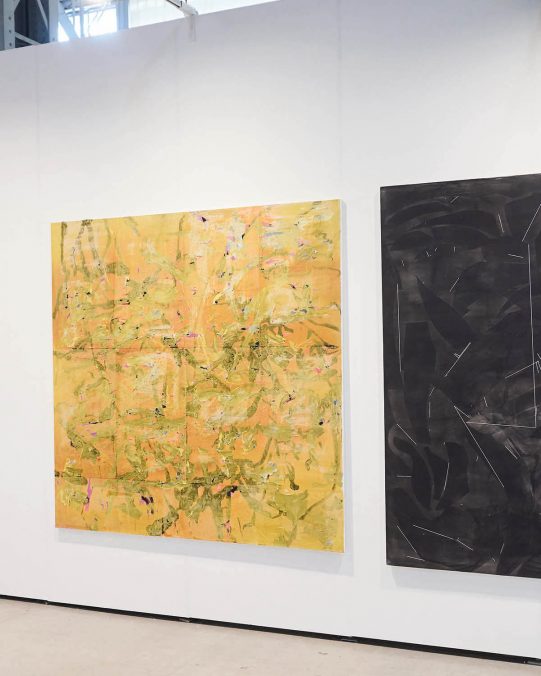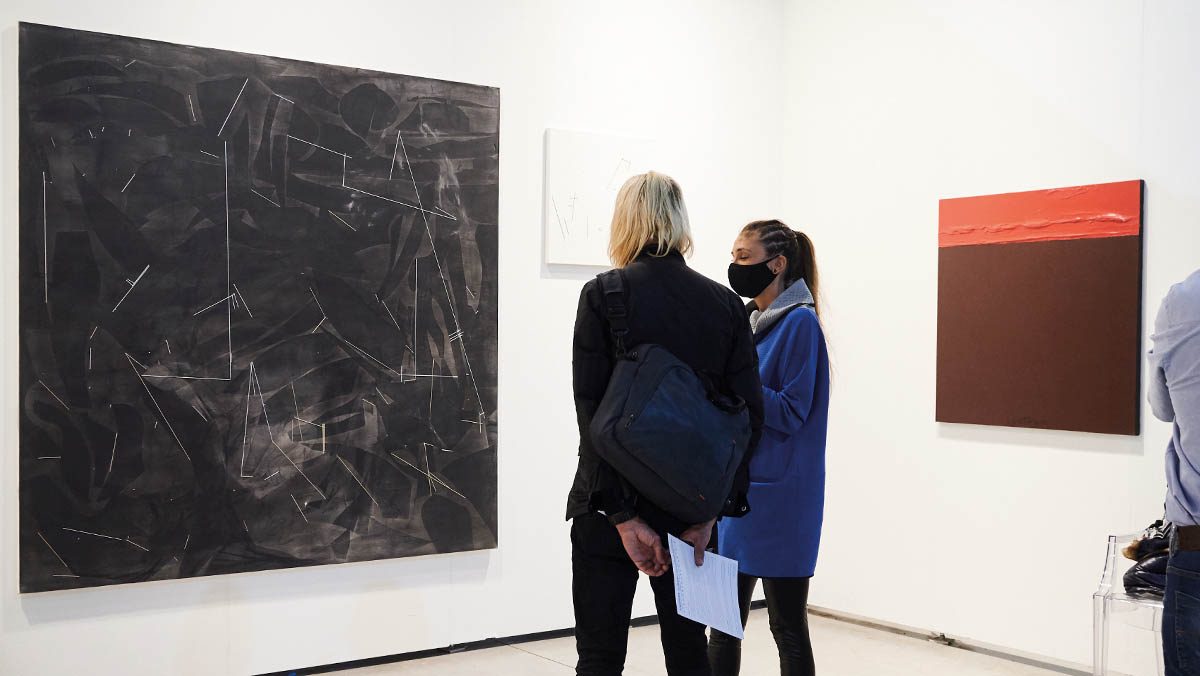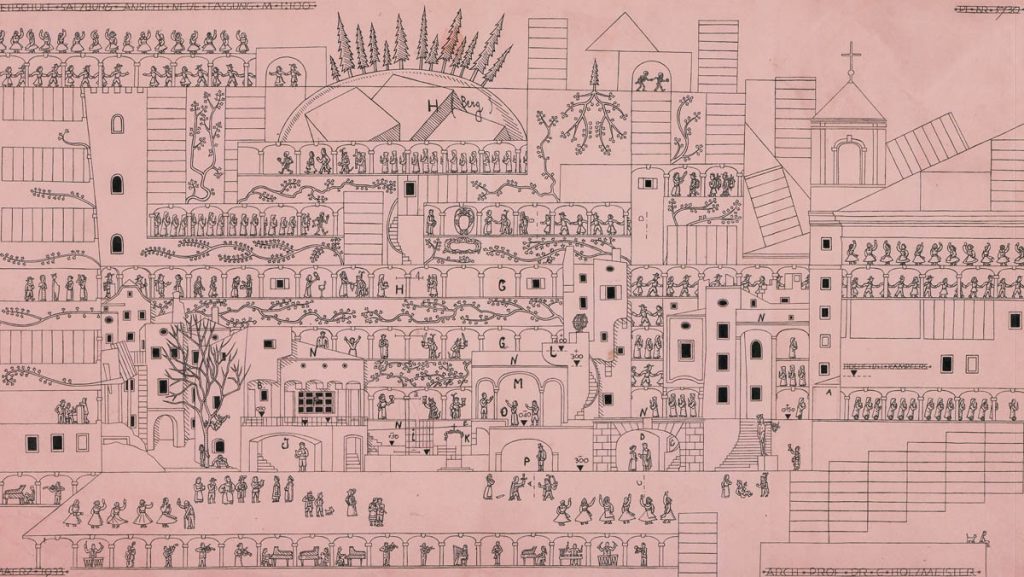In a system where the source and authenticity of information are constantly under question, where the facts that define one’s existence are fragile, the individual’s tendency is to search for personal safe places or redemptive perspectives. This is not seen as an escapist utopia, but as active intervention, a will of the individual to face external deterministic factors. The abstract image, which in such a young context as the emergence of modern art in Romania, would have required time for it’s production and assimilation, gains an accelerated momentum within the communist regime. Since the 1950’s Constructivism represented a large sector of the official art. For visual artists, however, this represented a moment of respite, thus managing to diverge within the official programme in their own identity archetypes.
In the actual context of an opened capital market in Romania and once with the assimilation of the new social-political concepts that promote the emergence of a collective mind, elitist ideas in which access is restricted by the codification of specific terms, becomes more and more marginalized. However, we could find a specificity of an informal esentialized language in concepts that come from the specific etos of the Eastern cultural space.
Concepts withinin the likes of apophantic theology or the logo spermaticos, opposed to the empiricist etos within the Western topos.

Andreea Albani & Vladimir Setran 
Andreea Albani & Vladimir Setran
In this context, the works made by Vladimir Setran, one of the formost exponents of the 70’s generation, are representing a turning point in the local artistic production. If at the basis of the artist practice we find an accent put on experiment in different interdisciplinary mediums, Setran being known for the fact that he creates his own tools in the proces of creating a work (such as the recent perfusions loaded with color), at the level of iconography they relay on the denial of the illusion of painting beeing a mirror to the outside world. Vladimir Setran thus being interested in depicting the cognitive action of the gaze, the formal language providing a path of autonomous knowledge, distinct from the discursive logical one. The premises of an cognitive action can be seen also in the way that Andreea Albani deals with the graphic line as a mean that precisely is coding the image, like an algorithm, representing the message unequivocally. In the presented works this process is complete and functions perpetual, from the line drawn directly at high entropic temperatures, to the line completely isolated, in object, by mechanized techniques (in this case the sewing machine) in which the gesture is translated as a code which recreates the line, by a total detachment.
Gallery Presentation: Since it’s opening in 2011 AnnArt Gallery aims to represent and promote Central and Eastern-European contemporary art that is relevant for today’s political and artistic realities. By focusing on both young and established artists, AnnArt is on a mission to identify and create through its exhibition programme an empowering context for artistic production developed in Romania since the 1980’s to nowdays.
Address and contact:
AnnArt Gallery
1 Andrei Mureşanu Street, Bucharest, Romania
office@annartgallery.ro
www.annartgallery.ro






